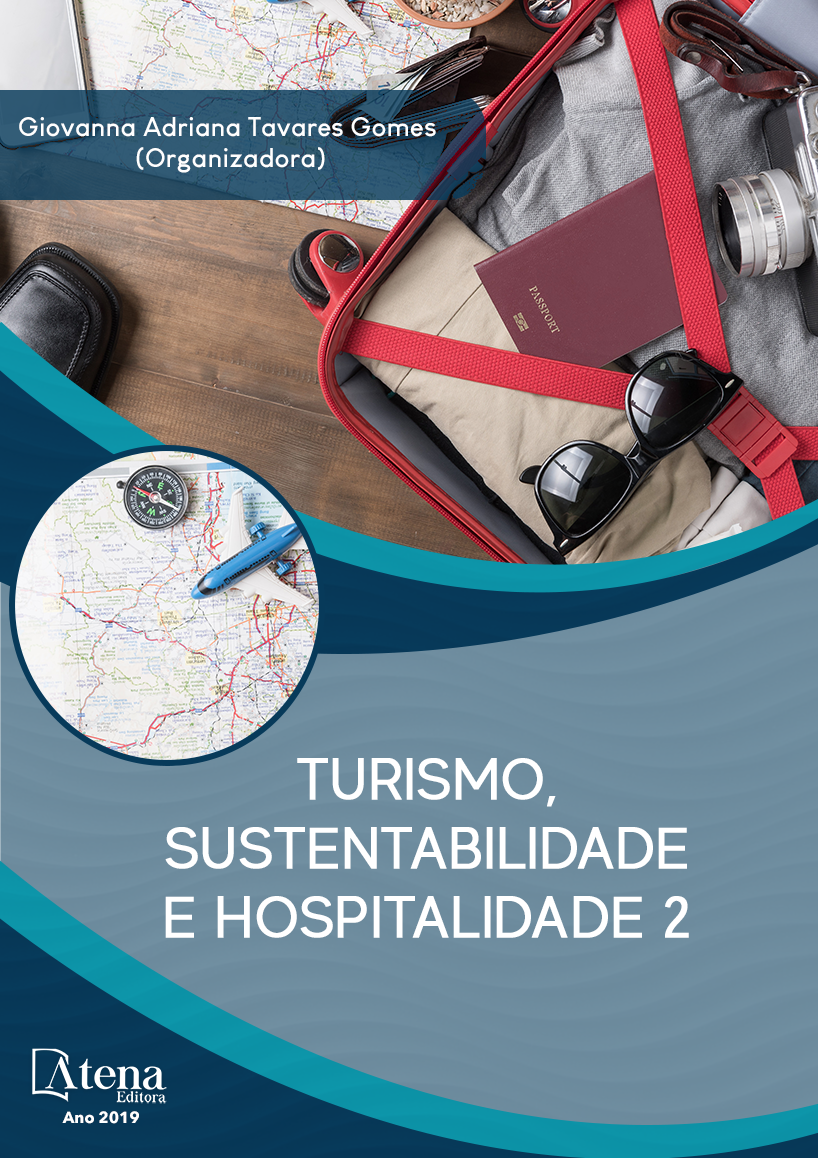
TURISMO E ALBERGUES NAS FAVELAS CARIOCAS: NOVAS POSSIBILIDADES URBANAS
O turismo em favelas apresentou
presença crescente na cidade do Rio de Janeiro
entre 2008 e 2016. Este trabalho traz resultados
de pesquisa de mapeamento de albergues
(hostels) em favelas da Zona Sul carioca
nesse período: Cantagalo–Pavão-Pavãozinho,
Babilônia-Chapéu Mangueira, Vidigal, Santa
Marta e Rocinha. São comunidades em que
o turismo teve uma participação bastante
considerável, e ao lado da visitação guiada um
dos aspectos mais visíveis dessas atividades
foi o grande número de albergues encontrados.
A partir do estudo da presença desses
empreendimentos, sua localização e a maneira
como as atividades foram se relacionando
com as comunidades locais, a pesquisa
buscou entender a maneira como o turismo em
favelas traz novas possibilidades para essas
populações, em geral excluídas do processo
urbano e social, e mudanças das relações com
as áreas vizinhas.
TURISMO E ALBERGUES NAS FAVELAS CARIOCAS: NOVAS POSSIBILIDADES URBANAS
-
DOI: 10.22533/at.ed.7301902098
-
Palavras-chave: turismo em favelas, albergues, hostels, Rio de Janeiro, bordas de favelas
-
Keywords: slum tourism, hostels, Rio de Janeiro, slum edges
-
Abstract:
Slum tourism grew as an activity
in Rio de Janeiro between 2008 and 2016. This
work offers results from research done to map
hostels in the favelas of Rio’s south side (Zona
Sul), such as Cantagalo-Pavão-Pavãozinho,
Babilônia-Chapéu Mangueira, Vidigal, Santa
Marta, and Rocinha. These are communities
where tourism grew significantly and, along with
the guided visitations, one of the more prominent
aspects of this has been the big number of
hostels found. Based on the study of the
presence of such enterprises, their location and
way how such activities have started to relate
to the local communities, the research seeked
to understand how tourism in slums brings new
possibilities for the populations of those places,
as they are usually excluded from the urban and
social process, and the changes occurred in the
relations with neighbouring areas.
-
Número de páginas: 15
- Sergio Moraes Rego Fagerlande


